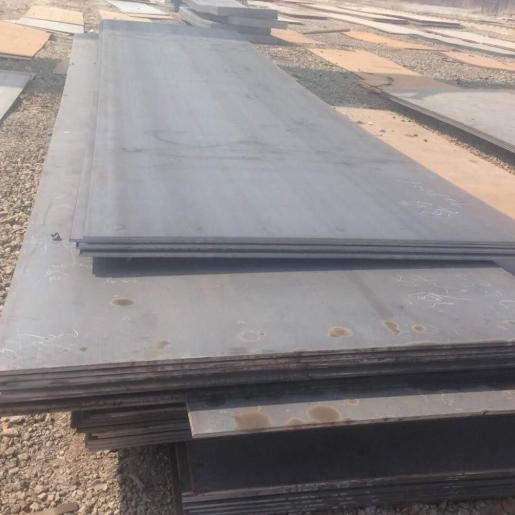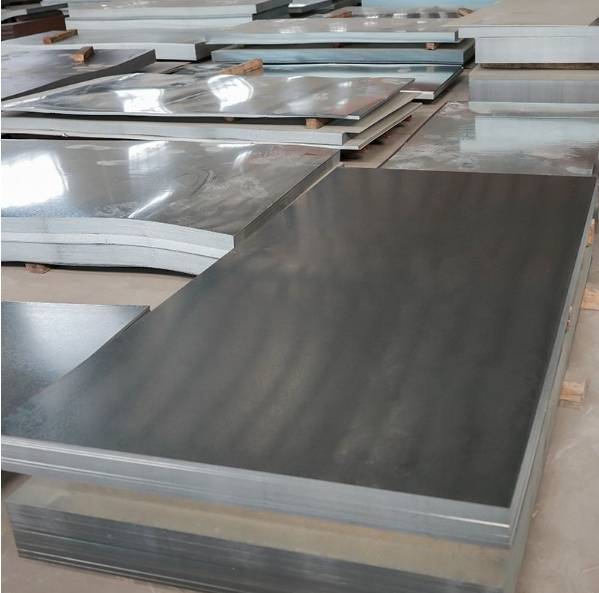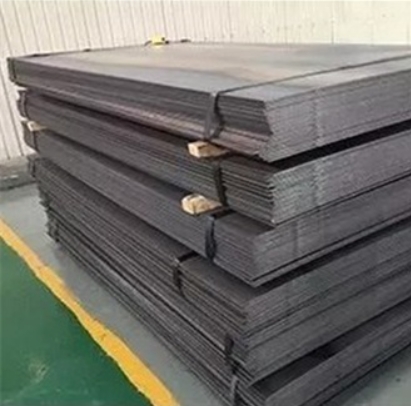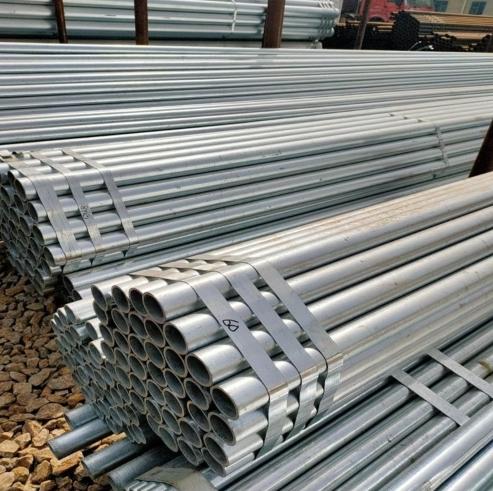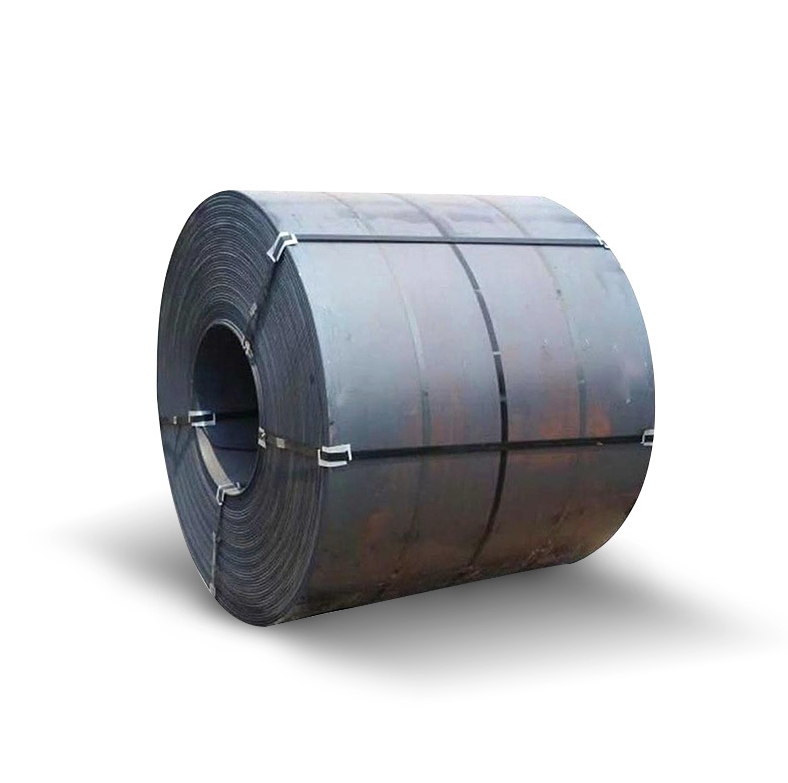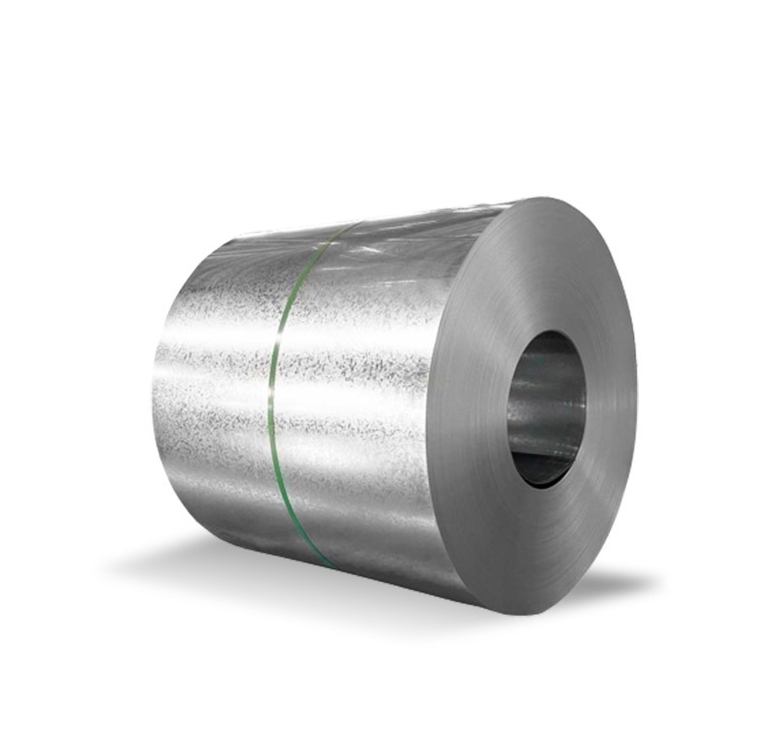Understanding Steel Pricing: Key Factors Affecting the Cost of Steel Plates
Steel pricing is an intricate process, influenced by various factors that impact both the cost per unit and the total price for large orders. In most cases, steel is priced by hundredweight (CWT), which represents the cost for 100 pounds of material. However, the price can also be reflected on a per-pound basis, depending on the market report.
For example:
-
A CWT price of $40 equals $0.40 per pound.
-
For a ton (2,000 pounds), the calculation would be:
1 ton=2000 pounds=40 CWT×(2000100)=$8001 \, \text{ton} = 2000 \, \text{pounds} = 40 \, \text{CWT} \times \left( \frac{2000}{100} \right) = \$8001ton=2000pounds=40CWT×(1002000)=$800
This price example is arbitrary and not based on current market values.
Steel plates are typically priced per CWT, and understanding the weight of your order (which is determined by factors like thickness and size) can help estimate costs accurately.
Key Factors Influencing Steel Plate Pricing
The price of steel can fluctuate due to several factors. Understanding these can help you better assess your steel needs and manage costs effectively.
1. Steel Grade
The grade of steel plays a major role in determining price. Higher-grade steels, like Quenched & Tempered or Abrasion Resistant steels, are typically more expensive due to the additional processes involved in their production.
Here’s a general price ranking of steel grades from low to high:
-
High Strength Low Alloy Grades (e.g., A572)
-
Low/High Carbon Non-Structural (e.g., C1020)
-
Pressure Vessel Quality (e.g., A516)
-
Offshore & Marine (e.g., API 2H)
-
Quenched & Tempered (e.g., A514)
-
Abrasion Resistant (e.g., AR400)
More specialized materials will typically incur a higher CWT, so it’s important to know the grade you need before getting a quote.
2. Order Quantity
Bulk buying can reduce the cost per unit. Typically, orders of 22 tons or more see savings due to increased efficiencies in production and distribution. Suppliers also benefit from economies of scale when purchasing large quantities from mills.
3. Future Needs
If you plan on purchasing steel over time, it might influence pricing. If you’re likely to need a specific steel plate regularly, suppliers may offer a more favorable rate based on this predictable demand.
4. Country of Origin
Steel produced in different countries may have varying prices. Domestic steel often comes at a premium compared to foreign-made steel, but for certain projects, you may be required to use materials from specific countries. Understanding these distinctions can help you choose the most cost-effective option.
5. Steel Processing
If you require custom steel processing, such as cutting, drilling, or cleaning, it may add to the cost. However, some suppliers offer in-house processing, which can lead to more competitive prices. Always check if processing is bundled with the material cost when obtaining quotes.
6. Material Location
Steel is heavy, and transporting it long distances adds considerable costs. Suppliers with distribution centers strategically located can often offer better shipping rates. Be sure to inquire about shipping costs and how they will affect the overall price of your order.
7. Grade Liquidation
Occasionally, suppliers will discount prices on excess stock or non-standard sizes to clear warehouse space. If your project has flexibility in terms of steel grade or size, this could be a great opportunity to save on costs.
8. Supplier Focus
Niche suppliers specializing in specific steel products (e.g., steel plate) can often offer better prices due to their focused expertise. However, if your project requires a broader range of steel materials, a general supplier may provide better overall value by saving you the hassle of sourcing from multiple suppliers.
9. Prime vs. Secondary Steel
Prime steel meets all regulatory and mill specifications, while secondary steel (also known as sub-prime) has minor imperfections like surface defects or slight deviations from size. Secondary steel is generally cheaper but is best suited for non-structural applications.
10. Market Regulation
Regulations, such as tariffs or government subsidies, can significantly impact steel prices. For example, tariffs on imported steel can make foreign materials more expensive, driving up demand for domestic steel. These regulatory changes affect market prices worldwide.
11. Government Legislation
Recent legislation, such as the Inflation Reduction Act (IRA) and Infrastructure Investment & Jobs Act (IIJA), has boosted demand for steel in sectors like energy and infrastructure. As funding from these bills gets allocated, steel demand may increase, driving prices up if supply can’t keep pace.
12. Raw Materials
The cost of raw materials, like iron ore or scrap metal, directly impacts steel production costs. A rise in the price of these materials will lead to higher steel prices. The growing trend toward green steel production, which uses more renewable energy and scrap metals, could also affect future pricing dynamics.
13. Natural Disasters & Conflicts
Unforeseen events, such as natural disasters or geopolitical conflicts, can disrupt steel production and supply. For instance, the COVID-19 pandemic caused a global steel supply shortage, leading to rapid price increases. Similarly, conflicts like the Russia-Ukraine war can affect global steel supply due to sanctions or disruptions in raw material flows.
Conclusion: Understanding Steel Pricing for Better Planning
Steel pricing is influenced by many variables, from steel grade and order size to global market conditions and government policies. By understanding these factors, you can make more informed decisions when sourcing steel for your project, ensuring that you’re getting the best value for your investment. Whether you’re purchasing small quantities or bulk steel, it’s essential to consider these key elements to optimize your procurement strategy.
If you’re ready to get started, contact your supplier for a quote and specify any unique requirements such as steel grade, processing needs, or transportation options.


